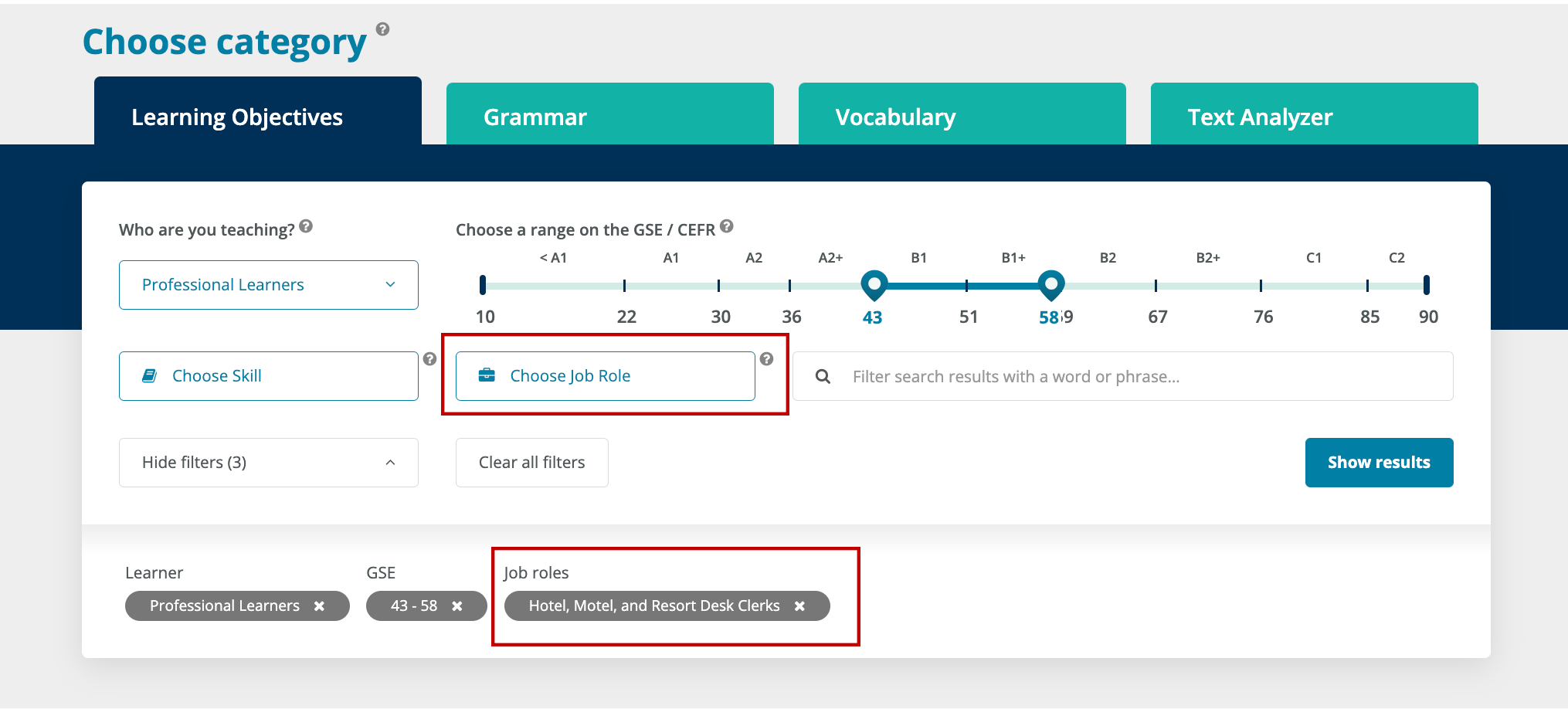Many English language learners are studying English with the aim of getting down to the nitty-gritty of the language they need for their profession. Whether the learner is an engineer, a lawyer, a nanny, a nurse, a police officer, a cook, or a salesperson, simply teaching general English or even English for specific purposes is not enough. We need to improve our learners’ skills for employability.
The four maxims of conversation
In his article Logic and Conversation, Paul Grice, a philosopher of language, proposes that every conversation is based on four maxims: quantity, quality, relation and manner. He believes that if these maxims combine successfully, then the best conversation will take place and the right message will be delivered to the right person at the right time.
The four maxims take on a deeper significance when it comes to the workplace, where things are often more formal and more urgent. Many human resources (HR) managers have spent hours fine-tuning workplace conversations simply because a job candidate or employee has not been adequately educated to the level of English language that a job role demands. This, coupled with the fact that many companies across the globe are adopting English as their official corporate language, has resulted in a new requirement in the world of business: mastery of the English language.
It would not be satisfactory for an employee to be turned down for a job vacancy, to be disqualified after a while; or fail to fulfil his or her assigned tasks, because their English language profile either does not correlate with what the job fully expects or does not possess even the essential must-have can-dos of the job role.
How the GSE Job Profiles can help
The Job Profiles within the Global Scale of English (GSE) Teacher Toolkit can help target those ‘must-have can-dos’ related to various job roles. The ‘Choose Learner’ drop-down menu offers the opportunity to view GSE Learning Objectives for four learner types: in this case, select ‘Professional Learners’. You can then click on the ‘Choose Job Role’ button to narrow down the objectives specific for a particular job role – for example, ‘Office and Administrative Support’ and then ‘Hotel, Motel and Resort Desk Clerks’.
Then, I can choose the GSE/CEFR range I want to apply to my results. In this example, I would like to know what English language skills a hotel desk clerk is expected to master for B1-B1+/GSE: 43-58.






